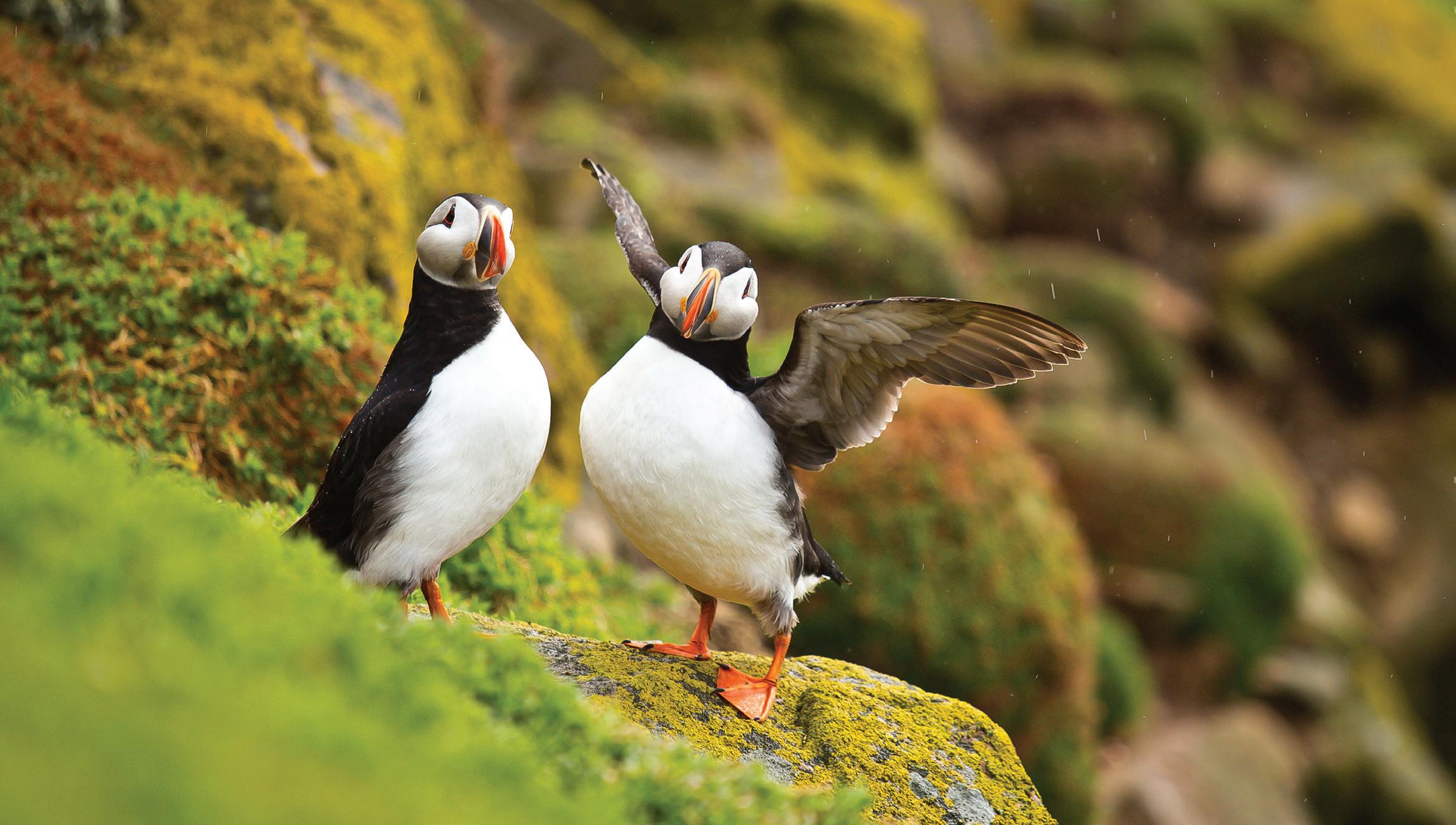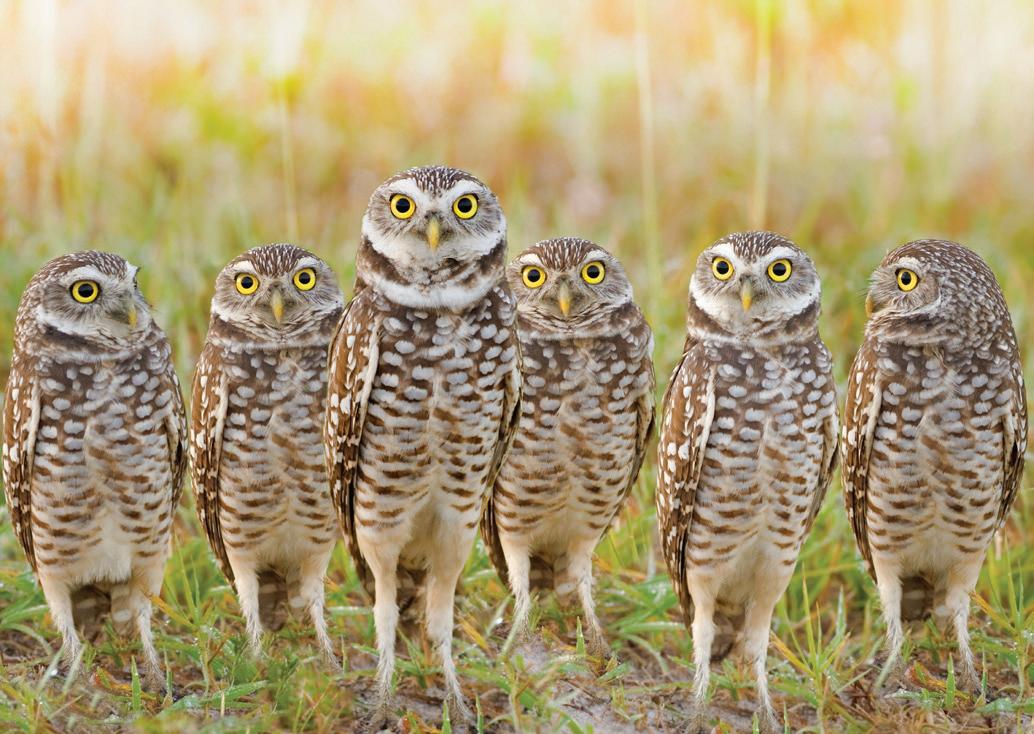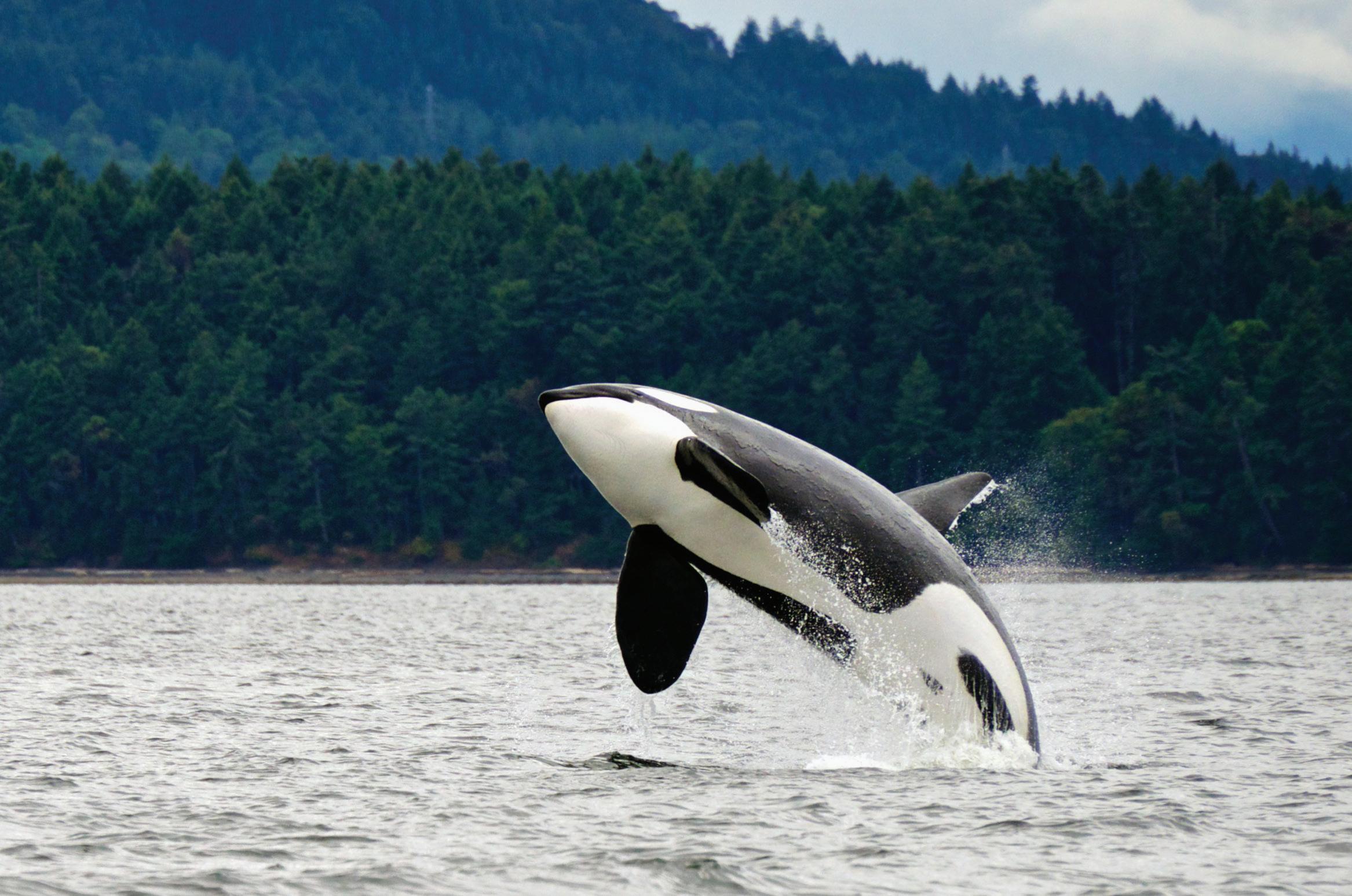THE LIVING PLANET REPORT CANADA 2020

Canada is home to a wide array of wildlife — from iconic species like the Atlantic walrus and barrenground caribou to lesser-known but equally important ones like the Vancouver Island marmot and wood turtle. But their habitats – their homes – are under threat from human-induced pressures that threaten their survival.
Hundreds of these species — including mammals, birds, amphibians, and reptiles — are now at risk of extinction. Meaningful conservation action is required to prevent further loss. But knowing which species are under threat isn’t enough.
Through this comprehensive undertaking, WWF-Canada’s Living Planet Report Canada 2020 analyzed population trends for native vertebrate species and discovered that populations of at-risk species have been plummeting. This document does a deep dive into underlying data, illuminates these trends through species highlights, and offers new holistic approaches to conservation.
These actions will get results through integrating rigorous scientific methods and nature-based climate solutions along with Indigenous-led initiatives and related knowledge systems.
WHAT IS THE CANADIAN LIVING PLANET INDEX?
The Living Planet Index is a biodiversity indicator used to track the state of wildlife at global, national, or local scales. It is used to measure ecological performance by tracking patterns in vertebrate abundance (population size) over time. The Canadian Living Planet Index (C-LPI) examines the average trend in population abundance for 883 native vertebrate species in Canada — half of Canadian vertebrates.

CURRENT STATE OF CANADIAN WILDLIFE
©
Shutterstock
© Shutterstock
The The Living Planet Report Canada 2020 focuses on species that are in immediate need of conservation attention because they are at risk of extinction. To prevent their imminent loss in Canada, we need to better understand the magnitude and rate of their population trends, identify the leading threats driving their decline and work to determine the necessary conservation actions for their recovery. CANADA
THE IMPORTANCE OF MULTIPLE TYPES OF KNOWLEDGE SYSTEMS
Indigenous-led conservation is vital to advancing reconciliation and renewing relationships with First Nations, Inuit and Métis. Indigenous Peoples have been stewarding these lands and waters for millennia, which is why it’s essential to support Indigenous knowledge, governance, sovereignty, and leadership on these issues.
One of the first steps toward making conservation in Canada equitable and just involves increasingly recognizing both Indigenous and non-Indigenous knowledge systems and how they can contribute to understanding nature and our relationships with it.
The C-LPI is part of a scientific knowledge system that relies on a specific form of quantitative data. To consider other ways of knowing in the Living Planet Report Canada 2020, we have included a series of species stories further exploring Canadian wildlife trends from the perspective of both Indigenous and non-Indigenous knowledge systems. Known as “twoeyed seeing,” it combines the strengths of both perspectives for a more holistic and integrative approach to conservation.
ETHICAL SPACE AND BIODIVERSITY CONSERVATION
“Ethical space is about elevating Indigenous systems to a position of equity. There is a common refrain that conservationists would use when they would talk about Indigenous Peoples in protected areas, or their rights and roles in conservation. We wanted to shift everyone out of that default mode and elevate Indigenous systems to a position of equity with non-Indigenous systems, and have Indigenous Peoples be recognized as experts of their own knowledge systems.”
Danika


© Andrew S. Wright / WWF-Canada
Billie Littlechild, Assistant Professor, Law and Legal Studies, Carleton University, Ermineskin Cree Nation, Maskwacis, Treaty No. 6 Territory, Co-Chair, Indigenous
KEY FINDINGS
-42% -59% -59%
1. STATUS OF NATIONALLY ASSESSED AT-RISK SPECIES
Of the 883 vertebrate species included in the Canadian Living Planet Index, 139 have been scientifically assessed as at risk of extinction. Their populations have declined by 59 per cent, on average, from 1970–2016. Not all species identified as at risk by the Committee on the Status of Endangered Wildlife in Canada (COSEWIC) are listed under the federal Species at Risk Act (SARA) — 30 per cent of species included in the C-LPI for nationally assessed at-risk species lack SARA protections. This important discrepancy is rooted in the fact that the COSEWIC list is based entirely on science while the SARA list includes socioeconomic considerations.
5 THREATS
5 THREATS
+40%
2. THREATS TO NATIONALLY ASSESSED AT-RISK SPECIES
We already know that wildlife face multiple threats, ranging from pollution and resource overexploitation to the increasing impacts of climate change. But our new study has found that at-risk species face an average of five threats. Eighty-seven per cent of species were impacted by more than one threat. Generally, amphibians and reptiles were the most threatened taxonomic group, facing seven types of threats on average. Climate change was the fourth most common threat for COSEWIC-assessed at-risk species, affecting 53 per cent. Further, recent research also found that climate change is both being increasingly cited as a threat and is intensifying other stressors.
-42% -59% -59% +40%
3. STATUS OF GLOBALLY ASSESSED AT-RISK SPECIES
The International Union for Conservation of Nature (IUCN) lists over 100 globally threatened vertebrates with ranges in Canada, including iconic species such the Atlantic puffin and Atlantic walrus. Using available data for 51 species, the C-LPI for globally assessed at-risk species shows that populations living in Canada have declined by 42 per cent, on average, since 1970. Canada has a national and shared global responsibility to contribute to the protection and recovery of globally at-risk species.
-42% -59% -59%
4. ADDRESSING SINGLE THREATS WON’T WORK
Multiple threats to biodiversity are pervasive in Canada and around the world. Until recently, efforts to address species recovery, protected areas planning, and climate change mitigation have been largely pursued in a disjointed manner. These threats are often cumulative or synergistic and may have cascading effects that are more detrimental than the individual threats themselves. Conservation actions only addressing one threat are likely inadequate to effectively stop and reverse wildlife declines.
5 THREATS
5. NEW APPROACHES ARE NEEDED TO TACKLE MULTIPLE THREATS

+40%
Conservation strategies need to embrace systematic and multifaceted approaches that tackle both biodiversity loss and climate change at the same time. One way to do this is through nature-based climate solutions, like protected areas and restoration. These approaches help to stop wildlife loss by addressing multiple threats to biodiversity while also mitigating climate change by sequestering carbon in natural ecosystems. Three of the most important solutions to address these challenges include:
• Protected Areas and Management of Carbon Stores
• Indigenous Protected and Conserved Areas
• Ecological Restoration of Degraded Areas
ONE SOLUTION UTAN R E CRISIS CLIM A T E SISIRC ONE SOLUTION UTAN R E CRISIS CLIM A T E SISIRC © Shutterstock
OVEREXPLOITATION
INVASION AND DISEASE
POLLUTION
CLIMATE CHANGE
URBAN DEVELOPMENT
TRANSPORT
HUMAN DISTURBANCE
AGRICULTURAL ACTIVITY
INDIGENOUS-LED CONSERVATION
THREATS TO WILDLIFE IN CANADA MOVING FORWARD
ENERGY PRODUCTION
SYSTEM MODIFICATION
GEOLOGICAL EVENTS
“Protected areas are important, but not sufficient on their own. We are pioneering a new way of thinking about nature conservation through IPCAs [Indigenous Protected and Conserved Areas]. It’s about sound economic development and utilizing Indigenous knowledge systems and the best of western science and modern technology to design and develop comprehensive, integrated community and ecosystem health and well-being models.”
 Eli Enns President and CEO, Iisaak Olam Foundation, Tla-O-Qui-Aht Nationco-Chair, Indigenous Circle of Experts
Eli Enns President and CEO, Iisaak Olam Foundation, Tla-O-Qui-Aht Nationco-Chair, Indigenous Circle of Experts
We are at a pivotal moment for conservation in Canada and around the world. There is an urgent need for action. Canada has an important opportunity to provide global leadership. We show the world how new, integrative approaches to wildlife recovery and climate change mitigation can be achieved through nature-based climate solutions and Indigenous-led conservation. It is no small task, but it is our shared responsibility to take the necessary actions to reverse the trends of wildlife decline. WWF-Canada will be an enthusiastic partner to lead the way towards a Canada with abundant wildlife where nature and people thrive.

© Shutterstock






 Eli Enns President and CEO, Iisaak Olam Foundation, Tla-O-Qui-Aht Nationco-Chair, Indigenous Circle of Experts
Eli Enns President and CEO, Iisaak Olam Foundation, Tla-O-Qui-Aht Nationco-Chair, Indigenous Circle of Experts
